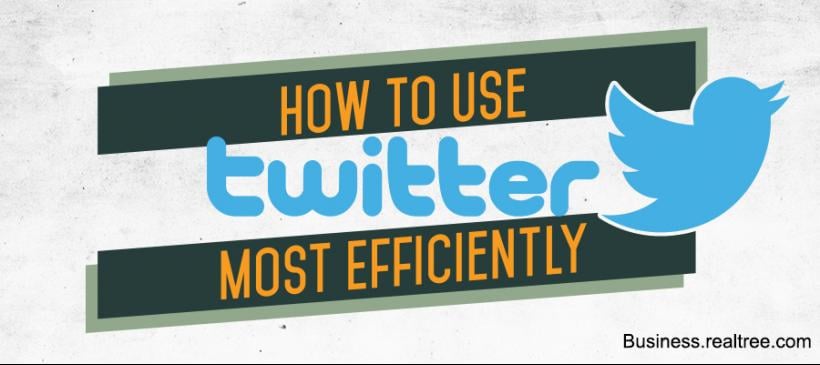How to Use Twitter Most Efficiently
- October 29, 2015
- By Adam Preston
- Marketing

Twitter, the social media world’s attention-deficit giant, offers myriad benefits for both individuals and businesses. For individuals, it’s all about instant exposure and extending a personal brand. For businesses, it’s trickier. For hunting businesses, especially small ones, unmanaged Twitter accounts can be a huge energy drain on your staff and a potential liability if you don’t take it seriously. You must enlist best business practices toward this vast social media platform.
In a previous blog post, I described three major advantages to developing a Twitter account that supports your outdoor business. Now let’s look at some guidelines to making that account work efficiently for you.
What’s Your Goal?
Ask yourself what you expect your Twitter account to do for your business. Having an unclear end goal is among the biggest social media mistakes any business can make. Twitter is unique in that it takes time and immersion to decide how the platform can or can’t work for you. Without clear goals, it’s easy to become distracted.
Unfocused pages soon become like empty hallways; it’s like you’re having a conversation with yourself, hoping someone else joins in. That’s a complete waste of your time and resources.
When and What?
There’s no magic formula that explains how many Tweets a day is appropriate and how and when they should be posted. The biggest key here is to either a) Do it yourself, or B) enlist a trusted member of your businesses to handle your social media campaigns. There are programs that allow you to pre-schedule Tweets. It’s handy, but it also defeats the purpose of social media. Let’s say you schedule that Tweet about your new product release for tonight. If you’re not around to see it go live, you’re also not going to be there to follow up on fan questions. A potential trust-building engagement just turned into an empty hallway for the people you’re trying to convert to believers.
What about content? Yes, stay away from anything that smacks of a hard-sell effort. People are tired of it, and they aren’t turning to social media to learn about your super-wonderful 17% off coupon for President’s Day. Instead, strike a balance between informative and educational. At the end of the day, people appreciate free advice. They also don’t mind learning a thing or two about the hobbies they love. Remember, it doesn’t always have to link back to your business. If your Twitter fans realize that you’re “one of them” who happens to be a wealth of information, they’ll build that allegiance with you and your business.
How Often?
That brings us to frequency. How often you Tweet and when you Tweet will all depend on your message and your audience. There’s no magic number, and you’ll find out as you go what works for you. Start out slow and steady. Tweet useful content four or five times a day (including interactions with your fans) and space them out. Remember, this is social media: “Hey, look at me!”
Do not get in the habit of blasting out Tweets only in the morning, midday or lunch. People will soon realize you’re only checking this account at certain times of the day, and they will tune you out. Also be careful not to have over-caffeinated moments. Never Tweet more than two or three times per hour. People will get sick of you really fast and unfollow you.
Don’t reply to other people’s Tweets with personal conversations or trite comments (“Thanks!” “Cool!” etc). Take those interactions “offline” and limit them to direct messages (which Twitter allows). Views Tweets as broadcast emails, so to speak, with your entire fan base.
Use the Block Feature
Businesses need to be extra careful about who follows them on social media. Not everyone out there is a genuine fan. Look at your list of followers at least once a week and weed out the questionable accounts. You’ll be surprised at what you find: spammers, anti-hunters, porn purveyors … lots of individuals with Twitter accounts that you do not want associated with your brand. Send them on their way by hovering your cursor over the tool icon next to their name and click “Block.”
Experiment until you find the mix that works for you. In that regard, with Twitter, it’s still kind of like the Wild West. Do what you want, just as long as you keep it reasonable. And above all, keep it real.
It’s really as simple as that.
Editor’s Note: For more perspective on maximizing results from your social media efforts in the outdoor industry, visit this earlier blog on social media mistakes that you should avoid.
